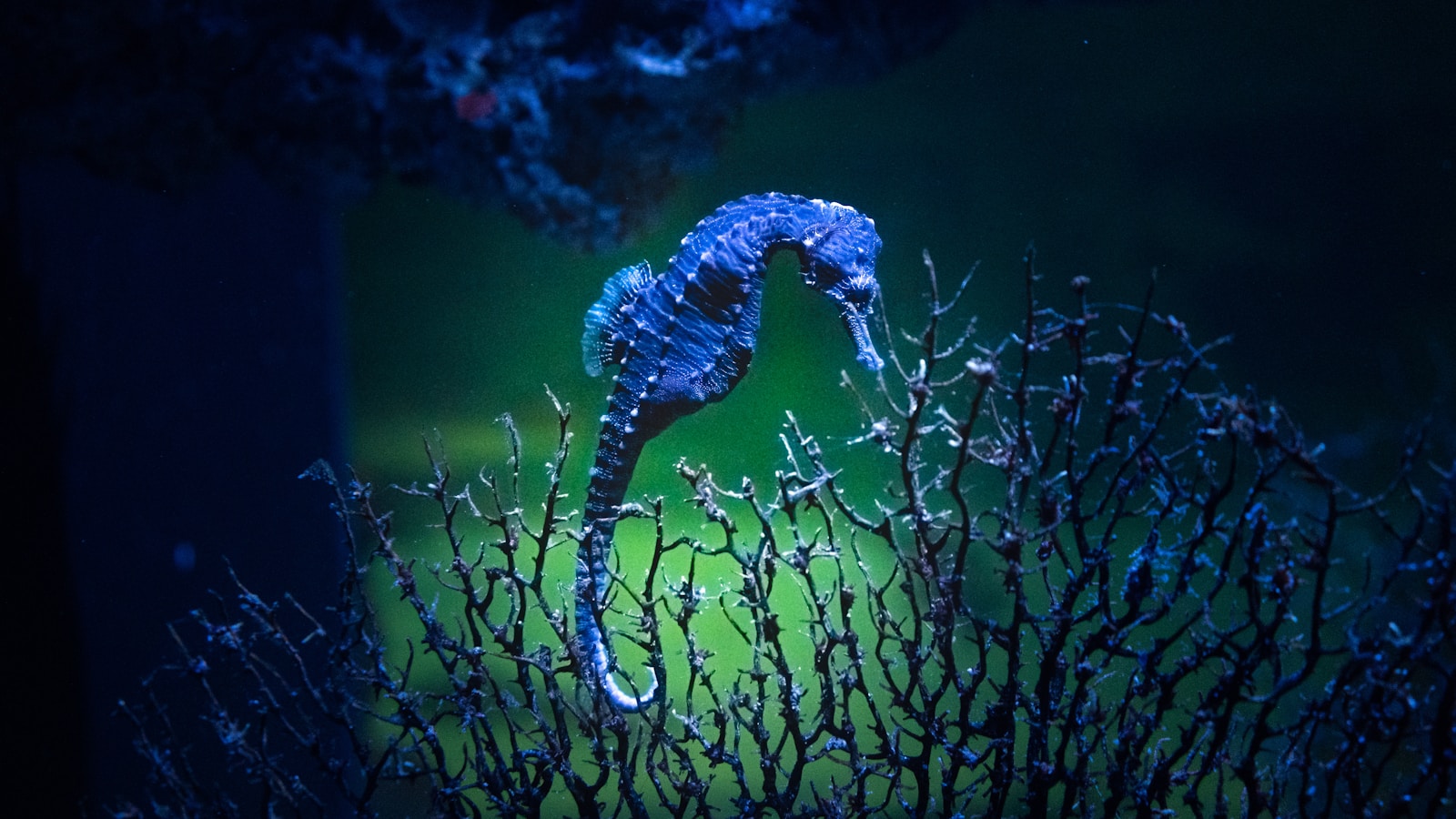Protecting and sustainably using the oceans, seas, and marine resources is vital for biodiversity and human well-being. Marine conservation in the Pacific Islands and sustainable fishing practices in Scandinavia showcase effective approaches to preserving life below water.
Case Studies of Life Below Water Initiatives
Marine Conservation in the Pacific Islands
The Pacific Islands are home to some of the world’s most biodiverse marine ecosystems. Marine conservation efforts in this region focus on protecting coral reefs, endangered species, and vital habitats through marine protected areas and sustainable management practices.
Sustainable Fishing Practices in Scandinavia
Scandinavian countries have implemented strict regulations and quotas to ensure the long-term sustainability of their fisheries. Sustainable fishing practices, such as selective harvesting, habitat protection, and ecosystem-based management, help maintain fish stocks and protect marine biodiversity.
Challenges Facing Life Below Water Drives
Preserving life below water requires addressing:
Overfishing
Overfishing remains a significant threat to marine ecosystems, depleting fish stocks and disrupting marine food webs. Implementing sustainable fishing practices is essential for maintaining healthy fish populations and marine ecosystems.
Pollution Control
Marine pollution, including plastic pollution, chemical contamination, and oil spills, poses serious threats to ocean health. Controlling pollution and reducing plastic waste are critical for preserving marine ecosystems and protecting marine life.
Impact of Successful Life Below Water Programs
Effective marine conservation initiatives lead to:
Marine Ecosystem Preservation
Protecting marine ecosystems helps maintain biodiversity, supports fisheries, and provides ecosystem services essential for human well-being.
Sustainable Fishing
Implementing sustainable fishing practices ensures that fish stocks are managed responsibly, supporting livelihoods and food security while minimizing environmental impacts.


Leave a Reply